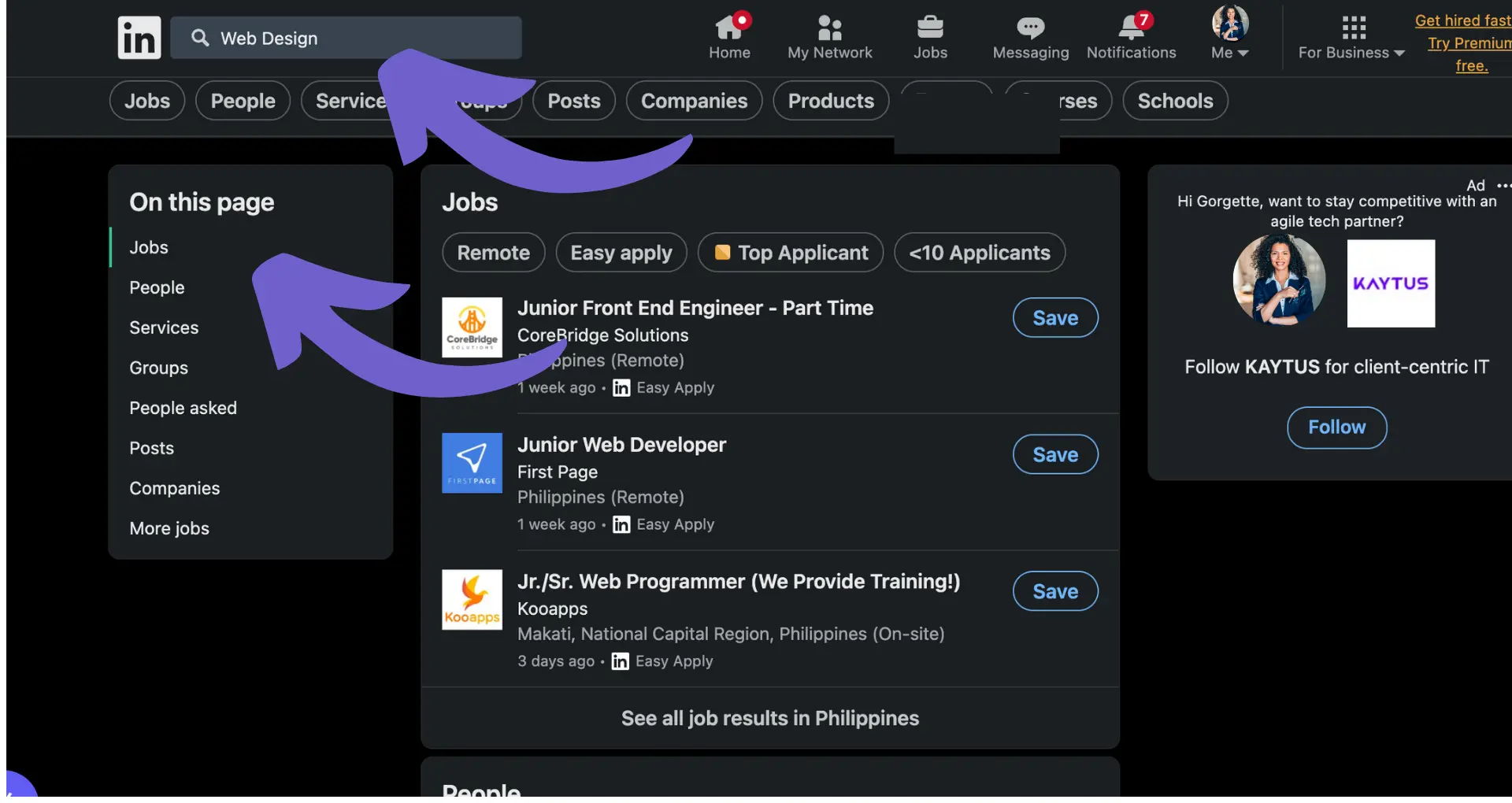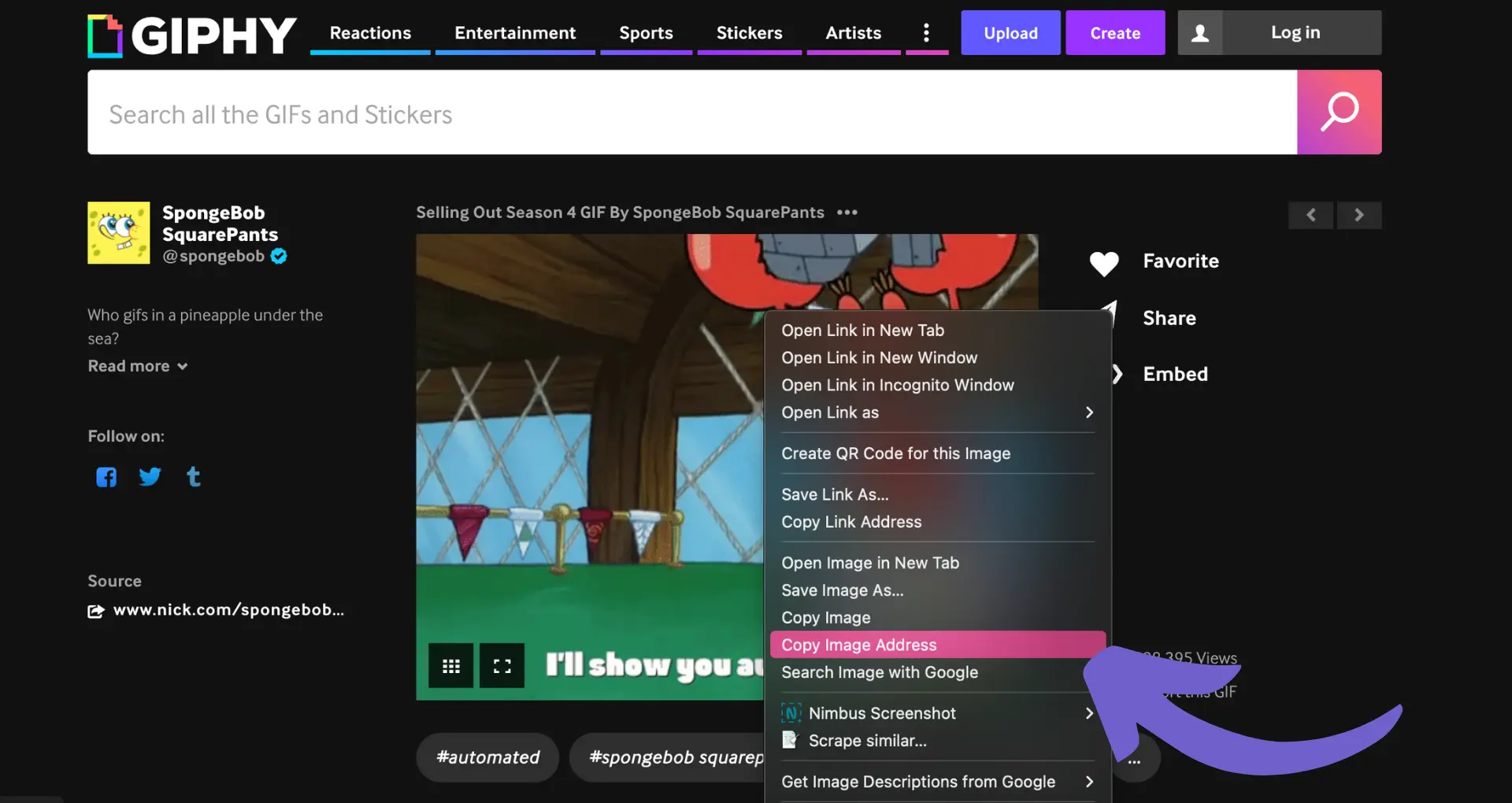Are you struggling to convert leads into sales? You're not alone. Many businesses face the same challenge of improving their conversion rates. In fact, studies show that the average conversion rate across industries is just 2.5%. But what if you could double or even triple your conversion rate?
In this comprehensive guide, we'll reveal 10 proven strategies to skyrocket your sales conversion rate. From mastering personalization techniques to leveraging social proof and trust signals, you'll discover actionable insights to optimize your sales funnel and close more deals. Plus, we'll introduce you to the power of AI agents like Bardeen for automating repetitive tasks and supercharging your sales process. Get ready to boost your sales and leave your competitors in the dust!
Personalization Tactics to Skyrocket Your Conversion Rates
Personalizing the customer experience is crucial for boosting conversion rates. By tailoring content, offers, and experiences to individual customers based on their preferences, behaviors, and demographics, you can significantly increase the likelihood of them converting.
Key personalization tactics include:
1. Dynamic Content
Adapt your website content in real-time to match each visitor's interests and needs. This could involve showing different hero images, product recommendations, or special offers based on a user's location, search history, or previous interactions with your brand.
2. Targeted Email Campaigns
Segment your email list and send highly relevant messages to each group. Understanding cold vs warm leads can help tailor your email marketing strategy for better results.
3. Personalized Product Recommendations
Suggest products or services that a customer is likely to be interested in based on their browsing behavior, purchase history, or customer profile. Amazon attributes 35% of its revenue to personalized product recommendations.
To enable personalization at scale, you need a robust system for collecting and analyzing customer data. This involves tactics like progressive profiling, behavioral tracking, and using machine learning algorithms to process large datasets and deliver individualized experiences to each user.
The key to successful personalization is to use customer data in a way that adds value and enhances the user experience. When done right, personalization can be a powerful tool for building customer loyalty and driving conversions.
Next, we'll dive into strategies for optimizing your sales funnel to maximize conversions at every stage of the customer journey.
Maximize Conversions by Optimizing Your Sales Funnel
Optimizing your sales funnel is crucial for increasing conversion rates and driving business growth. The sales funnel represents the journey potential customers take from initial awareness of your product or service to making a purchase.
To optimize your funnel:
1. Understand the Sales Funnel Stages
The typical stages are awareness, interest, decision, and action. Identify where prospects are dropping off in your funnel. Is it early on when they're just learning about your offerings? Or closer to the purchase stage? Pinpointing leaks will show you where to focus your optimization efforts.
2. Capture and Nurture Top-Funnel Leads
Attract leads with compelling content, enticing lead magnets, and targeted ads. Then nurture those leads with relevant information, engaging emails, and retargeting to guide them further down the funnel towards a purchase decision.
3. Convert Bottom-Funnel Prospects into Customers
For prospects close to buying, optimize your sales process to remove friction. Simplify checkout, offer incentives, leverage urgency, and provide top-notch customer support to drive conversions. Even small conversion rate increases can have a big impact on revenue.
Save time by automating lead tracking and nurturing. Check out sales prospecting automation with Bardeen for efficient lead management and focus on strategic tasks.
Continuously analyze and test your funnel to find opportunities for improvement. Use tactics like A/B testing to optimize each touchpoint and maximize conversions throughout the entire customer journey.
Next up, we'll explore how social proof and trust signals can give your conversion rates a major boost. Stay tuned!
Boost Credibility and Conversions With Social Proof
Social proof and trust signals are powerful psychological influences that shape consumer behavior and purchasing decisions. When potential customers see that others have had positive experiences with your brand, they feel more confident about buying from you.
1. Understanding Social Proof's Impact
Simply put, social proof is the idea that people look to the actions of others to determine the correct behavior in a given situation. We assume that if many people are doing something, it must be the right choice. This is especially true when we're uncertain about a decision, like trying a new product.
2. Showcasing Different Types of Social Proof
Brands can leverage various forms of social proof:
- Customer reviews and testimonials
- Social media mentions and follower counts
- Expert endorsements
- Trust badges and certifications
For example, displaying glowing customer testimonials on key pages like your homepage and product pages shows visitors that people just like them have had success with your offerings.
3. Integrating Social Proof Throughout the Customer Journey
Don't just relegate social proof to a single testimonials page. Weave it into every stage of the customer journey, from initial awareness to post-purchase. Include star ratings and review snippets in social media ads. Show real-time purchase notifications on product pages. Feature customer success stories in email campaigns.
By consistently showing social proof, you build trust and credibility with potential buyers, making them more likely to choose your brand over competitors lacking this vital element. Recognizing buying signals can also enhance your strategy by identifying interested prospects.
The right social proof at the right time can have a massive impact on your conversion rates. Keep testing to find the ideal mix for your unique audience.
Now that you've seen the power of social proof, let's explore how ongoing testing and optimization can take your conversion rate to new heights. The learning never stops!
Never Stop Testing: The Key to Skyrocketing Conversions
Continuously testing and optimizing your conversion strategies is vital for long-term success. You can't just set it and forget it - conversion optimization is an ongoing process that requires constant experimentation and iteration.
Think about it: your audience's preferences and behaviors are always evolving. What worked last month might not resonate today. By regularly testing different elements of your website, ads, and emails, you can stay ahead of the curve and consistently increase your conversion rate over time.
1. Embracing the Testing Mindset
To truly succeed with continuous optimization, you need to adopt a testing mindset. This means being open to trying new things, even if they seem unconventional at first. It also means being willing to fail - not every test will be a winner, but each one provides valuable insights that inform your next move.
2. Experiment with A/B and Multivariate Testing
Two powerful methods for continuous optimization are A/B testing and multivariate testing. With A/B testing, you compare two versions of an element (like a headline or CTA) to see which performs better. Multivariate testing takes this a step further by testing multiple elements simultaneously.
For example, you might A/B test outreach strategies to see which one resonates more with your audience. Or, you could use multivariate testing to experiment with different combinations of headlines, images, and CTAs to find the optimal mix.
Streamline your sales process with Bardeen. Use our sales prospecting automation to free up your time and focus on strategies that drive conversions.
3. Analyze Data to Inform Decisions
Of course, testing is only effective if you're accurately interpreting the results. This is where data analysis comes in. You need to look at metrics like conversion rates, statistical significance, and sample size to determine whether your test results are reliable and repeatable.
Tools like Google Optimize make it easy to run tests and analyze the data. But it's up to you to dig deep into that data, spot patterns, and turn those insights into hypotheses for your next round of testing.
4. Use Customer Feedback to Generate Test Ideas
Your customers are a goldmine of insights for conversion optimization. Their feedback, both solicited and unsolicited, can help you identify areas for improvement and come up with test ideas.
For instance, if you're consistently hearing that your checkout process is confusing, that's a clear sign that you need to test a simplified version. Or, if customers rave about a particular product benefit, you could highlight that in your ad copy and measure the impact on conversions.
By combining quantitative data from your tests with qualitative insights from customer feedback, you can paint a holistic picture of what's working and what's not, then optimize accordingly.
Phew, you've made it this far! Give yourself a pat on the back - you're well on your way to becoming a conversion optimization pro. Just remember, the learning never stops. Keep testing, keep iterating, and keep striving for those sky-high conversion rates. Because hey, if you're not constantly improving, you're falling behind!
Conclusions
Mastering proven strategies to increase conversion rates is crucial for boosting sales and growing your business. In this guide, you discovered:
- How personalization, such as tailoring content and offers based on customer preferences and behaviors, can significantly improve conversion rates.
- The importance of optimizing each stage of the sales funnel, from capturing leads to driving conversions, to maximize results.
- Leveraging social proof and trust signals, like customer reviews and expert endorsements, to build credibility and influence purchasing decisions.
- The critical role of continuous testing and optimization, using methods like A/B testing and data analysis, to improve conversion rates over time.
By implementing these strategies, you'll be well on your way to skyrocketing your conversion rates. Don't let your competitors beat you to the punch - start optimizing today!






